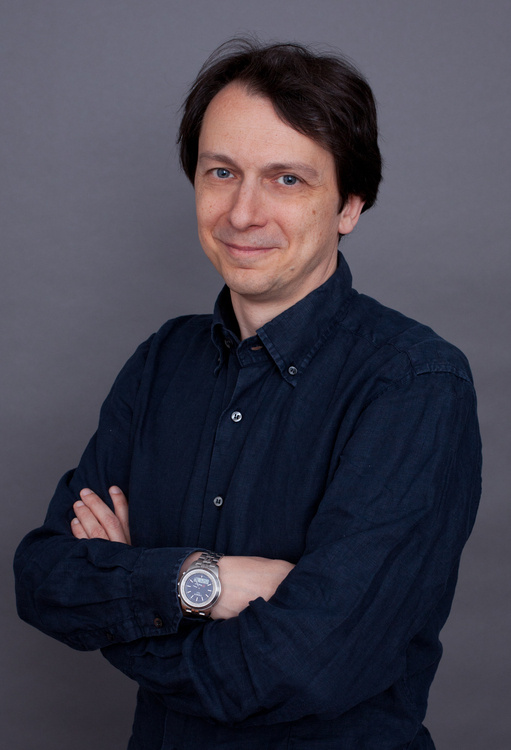
Colloquium on the Brain and Cognition with Stefano Fusi
Description
Date: Thursday, November 6, 2025
Time: 4:00 pm – 5:00 pm
Location: Singleton Auditorium (Third floor of MIT Building 46)
Title: The dynamics of the geometry of abstraction
Abstract:
Neurons in the mammalian brain often exhibit complex, non-linear responses to multiple task variables (mixed selectivity). Despite the diversity of these responses, which are seemingly disorganized, it is often possible to observe an interesting structure in the representational geometry: task-relevant variables are encoded in approximately orthogonal subspaces in the neural activity space. This encoding is a signature of low-dimensional disentangled representations, it is typically the result of a process of abstraction and allows linear readouts to readily generalize to novel situations. We show that these representations are observed in multiple brain areas in human and non-human primates. We then studied how the geometry changes during the decision-making process in 5 different brain areas (the hippocampus, dorsolateral prefrontal cortex, anterior cingulate cortex, orbitofrontal cortex, and the amygdala) of non-human primates, and how the analysis of the geometry dynamics can be used to understand the underlying neural mechanisms. We finally show how the representational geometry changes with learning in humans. Collaboration with the Salzman and Rutishauser groups.
Bio:
Stefano Fusi was born in Florence, Italy, and graduated in 1992 from the Sapienza University of Rome with a degree in physics. After his degree, he obtained a researcher position at the Italian National Institute for Nuclear Physics in Rome and started to work in the field of theoretical neuroscience. In 1999, he received a Ph.D. in physics from the Hebrew University of Jerusalem, Israel, and moved to the University of Bern, Switzerland, as a postdoctoral fellow. After visiting Brandeis University as a postdoctoral fellow in 2003, in 2005 he was awarded a professorial fellowship by the Swiss National Science Foundation and became an assistant professor at the Swiss Federal Institute of Technology in Zurich (ETHZ), Switzerland. In 2009, he joined the Department of Neuroscience at Columbia University, where he is now a Professor of Neuroscience.

